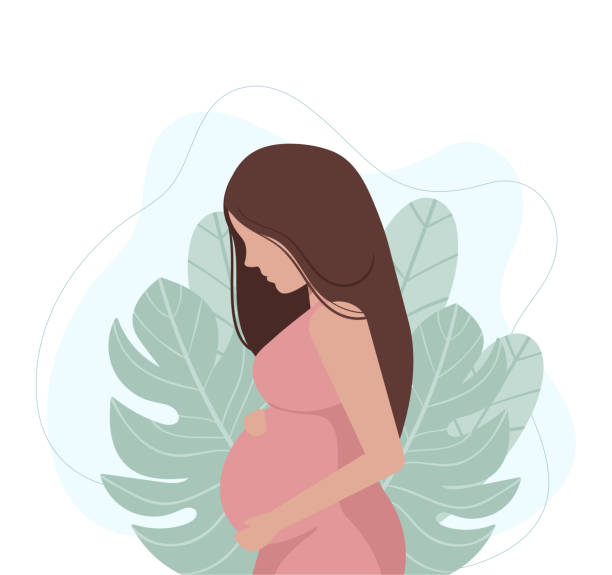
If you are suffering from recurrent bouts of severe lower abdominal pain, pelvic pain, lower back pain, accompanied by painful, abnormally heavy, and irregular menstruation, with an uncomfortable sensation during sex, your doctor might investigate your case for endometriosis. Let us understand endometriosis in detail.
The inner lining of the uterus is called the endometrium. When the tissue that forms the endometrium begins to appear in areas outside the uterus, such as the fallopian tube or the peritoneum, it is called endometriosis. If the tissue is present in the ovary, it will form a lump of cells like a cyst, and this situation is called Endometrioma. This cyst or lump may appear as a palpable mass in the lower abdomen over the ovary.
This condition is painful, and there is a high chance that it will interfere with your body’s hormonal system, thus interfering even with fertility. Moreover, in most cases, the condition is not even detected for a long time since the size may vary from as small as 2 cm to as large as 8 inches.
The following are some symptoms of this condition:
The treatment for this condition consists of three approaches:
Let us understand laparoscopic surgery in greater detail and how it is used to treat endometrial cysts.
This is a procedure performed by a trained gynaecologist or surgeon to get a clear view of your internal organs and diagnose the presence of abnormalities such as endometriosis. Though this procedure is also used to diagnose endometriosis, a negative laparoscopy still does not mean the absence of endometriosis or endometriotic cysts. As mentioned earlier, these cysts can be as small as 2 cm. Hence, it is very easy to miss such cysts when looking at all the other internal organs and structures in and around the abdomen.
Laparoscopic surgery is performed only after medicines fail or in cases where both the patient and the doctor feel it is appropriate to opt for surgery directly. This can be relevant when the pain is unbearable, or the cysts are larger than 1.5 inches. The need for surgery exists because the chances of complications related to such cysts, such as twisting or breaking open of the cyst, are high.
1. Preparation for the surgery
2. During the surgery
>Excision- Cutting and removing the tissue or
>Endometrial Ablation- The tissue lump (cyst) is destroyed in one of the many ways such as freezing, heating, laser, or electricity (electrocautery).
3. Post-surgical precautions
It has been observed that more than 70% of women under the age of 24 who underwent laparoscopic cyst removal were able to conceive and give birth again. Therefore, the chances of your fertility returning are high.
This surgical procedure has no additional side effects other than those seen in normal surgical procedures. These effects or risks are:
You might experience the following:
Since the recovery time after laparoscopic surgery is much shorter than open surgery and the pain and discomfort are lower in a laparoscopic procedure, doctors prefer laparoscopic surgery over open surgery.
Most of the patients experience pain in some form after surgery. Therefore, they are prescribed certain pain medications such as NSAIDs along with narcotics. These drugs are given for pain management. Activities that may stress your stitches must be avoided for at least a few weeks post-surgery. Sex should be avoided for at least 4 weeks.
It has been observed that more than 70% of women below the age of 24 who underwent laparoscopic surgery conceived after the procedure and delivered a healthy baby. This indicates laparoscopic surgeries have a high success rate.
Komala’s Women Clinic is a multidisciplinary organization dedicated to the advancement of the art, science and practice of reproductive medicine.
Doctor Komala’s Women Clinic Newtown Medical Centre First Floor, Major Sandeep Unnikrishnan Rd, Yelahanka New Town, Bengaluru, Karnataka 560064
©Copyright 2023 Komala’s Women Clinic. All rights reserved.